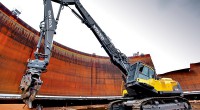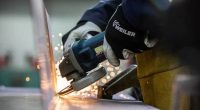Navigating the Woodwork: A Deep Dive into Timber Screws and the Art of Precision in Carpentry
Woodworking and carpentry are age-old crafts that demand a keen understanding of materials, techniques, and precision. One often underestimated yet crucial element in these crafts is the humble timber screw. Beyond being a simple fastening tool, timber screws play a pivotal role in the aesthetics and structural integrity of wooden projects. That being said, let’s delve into the intricacies of drilling wood, emphasizing the importance of careful screw selection for creating impeccable woodwork. I’ll uncover the diverse types and sizes of timber screws, unravelling the impact they can have on the final product.
Understanding the Wood-Drilling Process
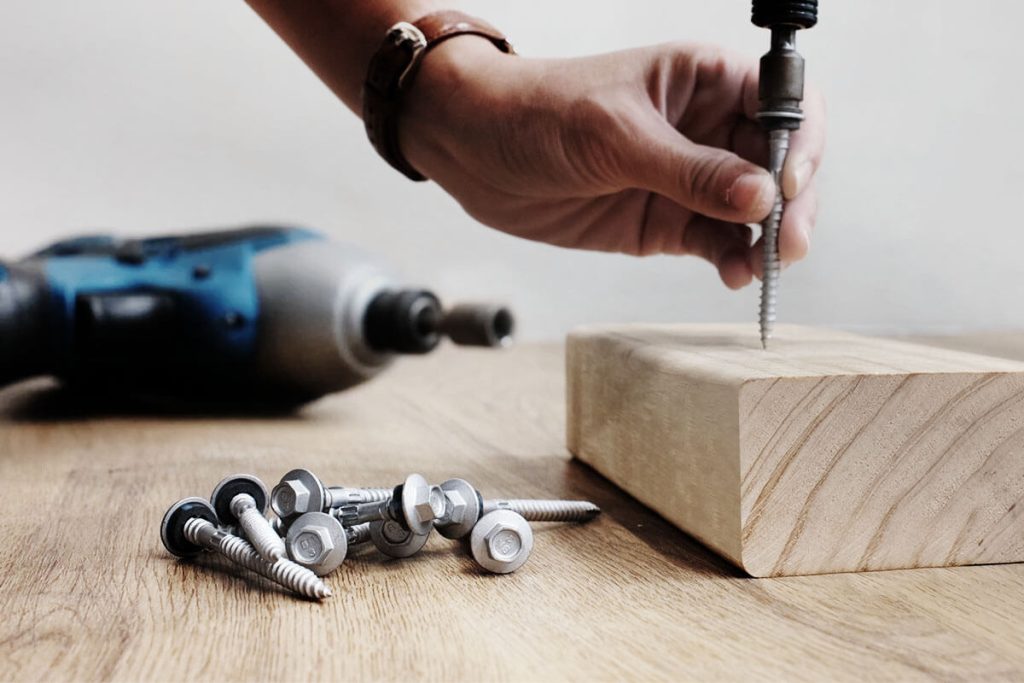
Drilling into wood might seem like a straightforward task. Still, for carpenters and woodworkers aiming for perfection, it involves a nuanced understanding of the wood’s grain, density, and the specific requirements of the project at hand. Using the right timber screws becomes paramount in ensuring that the final piece not only holds together securely but also showcases a seamless, polished finish.
Wood has a natural tendency to split when subjected to the force of a fastener. To counter this, carpenters employ various techniques, such as pre-drilling pilot holes. The choice of screws can either mitigate or exacerbate this issue, highlighting the importance of selecting the appropriate timber screws for the task.
Types of Timber Screws
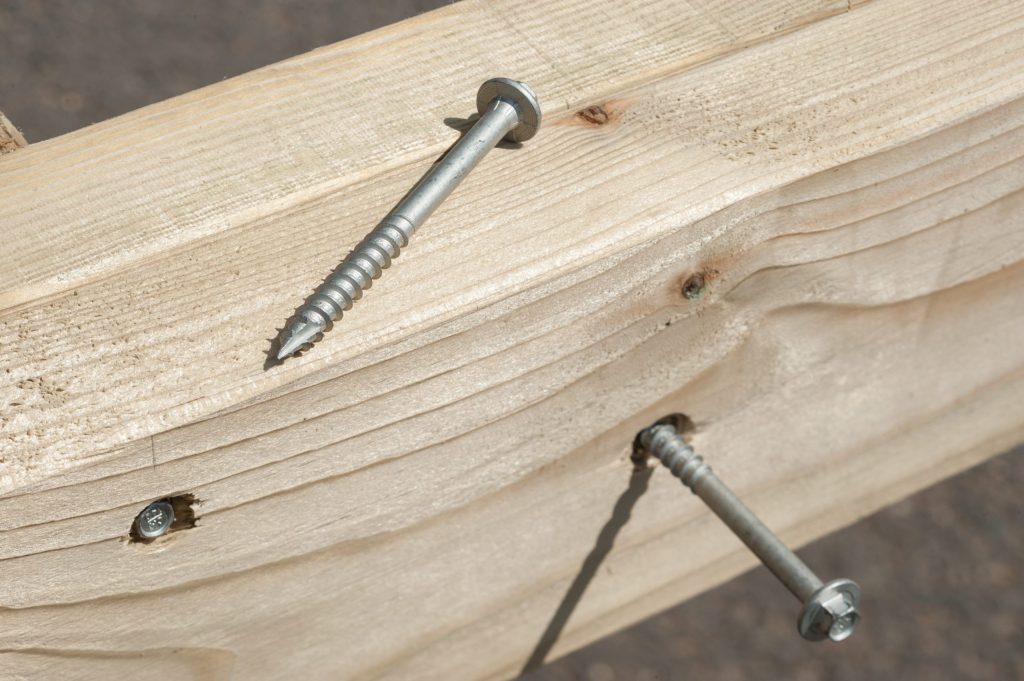
Wood Screws
Wood screws are the most common type used in woodworking and carpentry. They have a tapered point and deep threads that provide excellent holding power. The choice of wood screws depends on factors like wood density and thickness. For hardwoods, such as oak or maple, choose wood screws with finer threads to reduce the likelihood of splitting.
Deck Screws
Deck screws are specifically designed for outdoor applications, often used in constructing decks or outdoor furniture. They are coated to resist corrosion and feature self-drilling points that eliminate the need for pre-drilling. The type of wood used in outdoor projects, combined with exposure to the elements, necessitates a durable and corrosion-resistant screw.
Cabinet Screws
Cabinet screws are engineered for assembling cabinetry and furniture. They are usually longer and thicker than standard wood screws, providing the necessary strength for joining heavy components. Cabinet screws often have a washer head for increased surface contact, ensuring a secure grip without damaging the wood.
Particle Board Screws
Particle board screws are specially designed for use with engineered wood products like particleboard or MDF. These screws typically have a coarse thread to grip the material effectively and prevent pull-out.
Choosing the Right Size
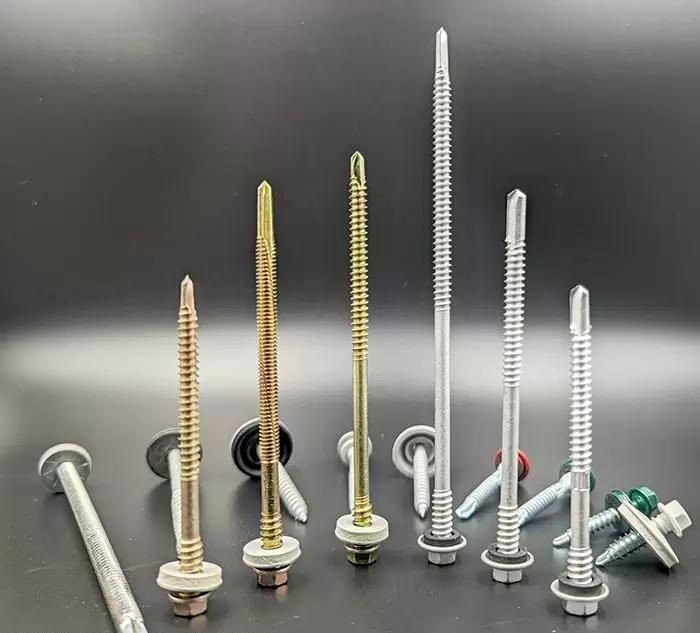
Selecting the correct size of timber screws is crucial for achieving a secure and aesthetically pleasing result. The diameter and length of the screw should be carefully matched to the wood’s thickness and the specific demands of the project.
Diameter
The diameter of the screw correlates with its holding power. Larger-diameter screws generally offer more stability, making them suitable for heavy-duty applications. However, using overly large screws can cause the wood to split, underscoring the need for a balanced approach.
Length
The length of the screw is determined by the combined thickness of the materials being joined. A common rule of thumb is to choose a screw length that allows at least two-thirds of the screw to penetrate the second piece of wood. This ensures a strong and secure connection.
Impact on Aesthetics and Structural Integrity
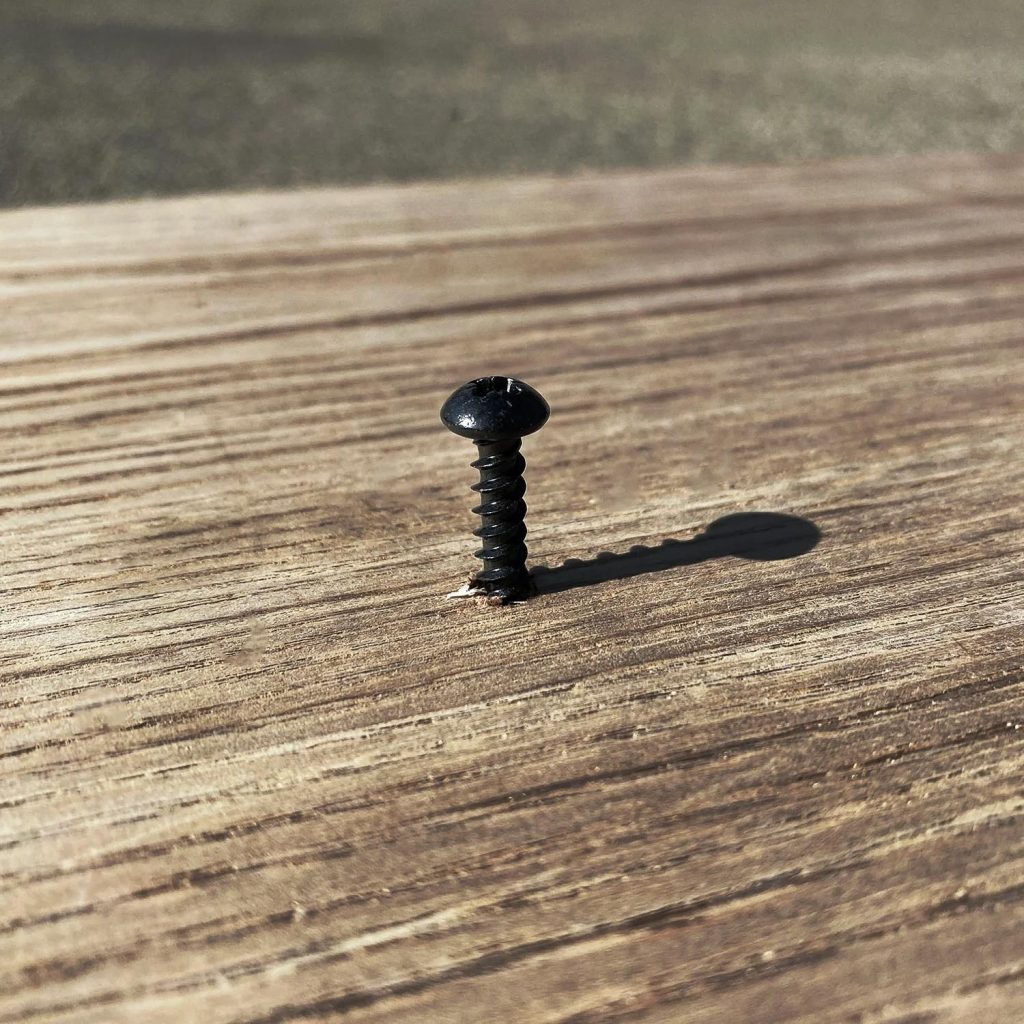
The choice of timber screws goes beyond mere functionality; it significantly influences the overall appearance and structural integrity of the finished piece. Using screws that are too large or too small can result in an unbalanced look or compromise the strength of the joint.
Counterbore and Plugs
In high-end woodworking, carpenters often employ counterbore and plug techniques to conceal screws completely. This involves drilling a counterbore hole, driving the screw, and then covering it with a wooden plug that matches the surface. The choice of screws, particularly their head type, determines how seamlessly these plugs integrate into the wood, contributing to a polished and refined finish.
Finishing Screws
Finishing screws, as the name suggests, are designed for applications where aesthetics are paramount. They often feature smaller heads and come in a variety of finishes to match different wood types. These screws are ideal for projects where the screws will be visible, such as in furniture assembly or cabinetry.
Conclusion
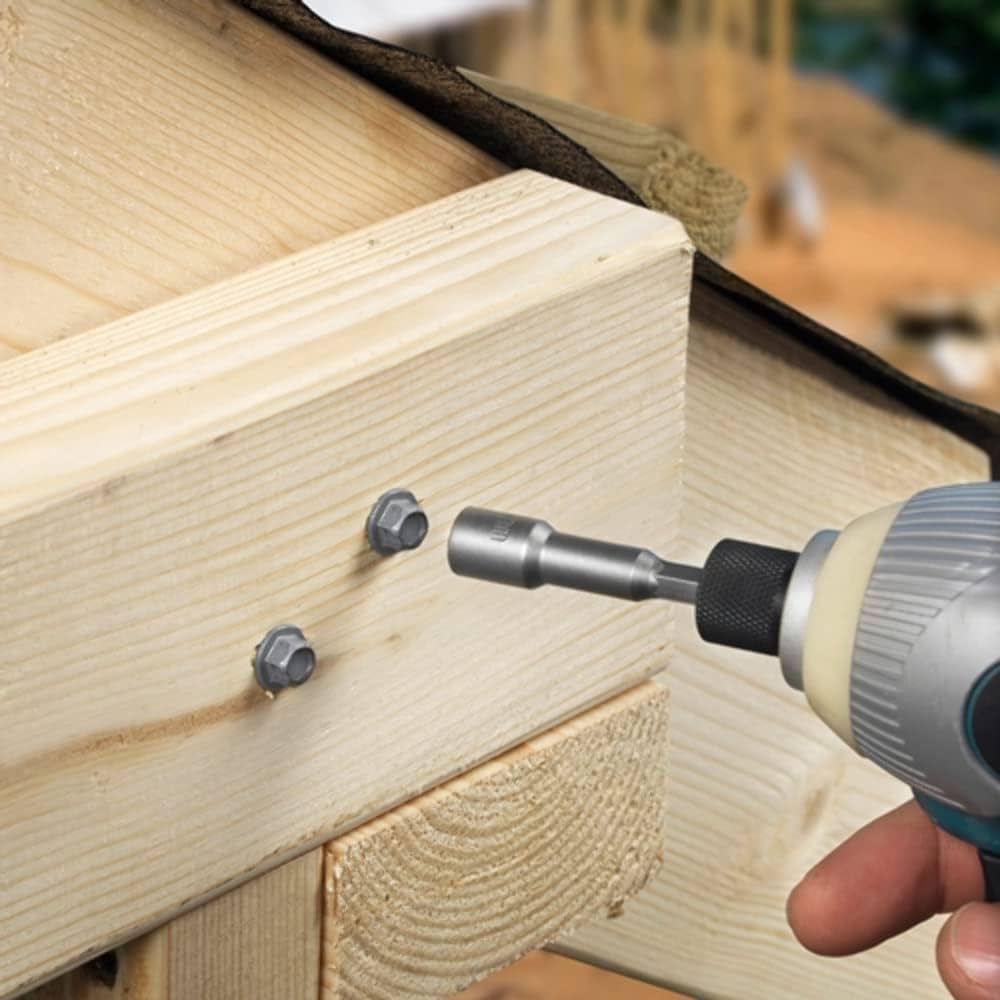
In the realm of woodworking and carpentry, the devil is in the details, and timber screws play a crucial role in achieving perfection. The careful selection of the right type, size, and finish can transform a functional joint into a work of art. Carpentry is not just about joining pieces of wood; it’s about creating pieces that stand the test of time in terms of durability and visual appeal.
As woodworkers and carpenters continue to push the boundaries of their craft, understanding the intricacies of timber screws becomes essential. The art lies not only in the hands that wield the tools but also in the thoughtful consideration of every element that contributes to creating a masterpiece. So, the next time you embark on a woodworking project, remember that the choice of timber screws is not just a technical decision; it’s a nuanced brushstroke in the canvas of craftsmanship.

